The 2mm "wonder" between the human eye
The device, called Prima, is only 2mm wide and is considered a breakthrough in the field of artificial vision. It was developed by the US biotechnology company Science Corporation, headed by Max Hodak, co-founder of Neuralink.
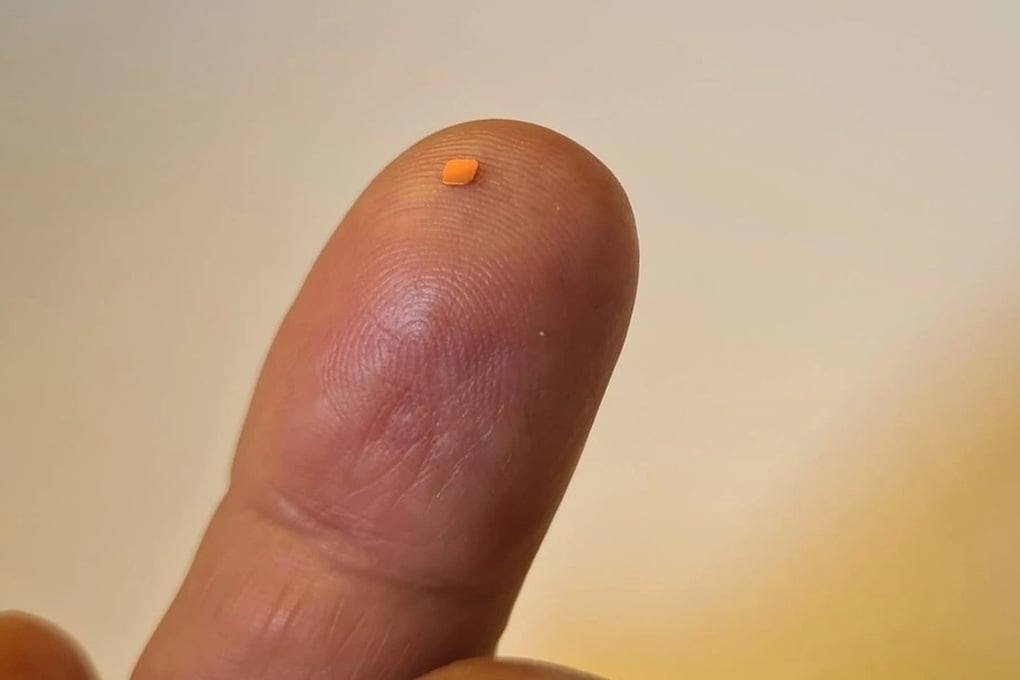
The device, called Prima, is only 2mm wide (Photo: Prima).
In an international study published in the New England Journal of Medicine , 38 patients in the UK, France, Germany, Italy and the Netherlands who had lost central vision due to dry macular degeneration (GA), the final stage of age-related macular degeneration (AMD), were implanted with the chip.
This is an incurable disease that causes around 600,000 people in the UK and more than 5 million people worldwide to gradually lose their sight when photosensitive cells in the retina die.
The chip is placed under the retina and connected to a pair of augmented reality glasses with a tiny camera. The camera captures the image in front of it, which is then processed by artificial intelligence and converted into an infrared signal that is transmitted to the chip.
The chip will stimulate healthy nerve cells in the inner layer of the retina, allowing signals to continue traveling through the optic nerve to the brain, where they are interpreted as images. Thanks to that, the person who was completely blind can again recognize letters, numbers, faces and objects around them.
80% of testers saw a significant improvement in reading ability
After a year of follow-up, more than 80 percent of the patients in the trial had significantly improved reading ability. On average, they could read an additional five lines on a standard eye chart, with some increasing their reading ability by as much as 12 lines. Some could even read books, do crossword puzzles, or see fine print on prescription labels.
Dr Mahi Muqit, a retinal surgeon at Moorfields Eye Hospital in London, said people who had lost all of their central vision were now able to read, write and recognise faces, something they thought they would never be able to do again. He called it a turning point in the history of artificial vision.
One of the first patients, Sheila Irvine of London, recalled the time before her surgery: “Everything in front of me was just two black discs. I couldn’t read, I couldn’t drive.”
After several months of practice, she burst into tears when she saw her first letter again: “At first it was just a patch of light, then I recognized the edges and finally I could read the whole line. It was like being born again.”
Hope for millions of blind people
The Prima implant surgery takes less than two hours, and the chip is activated after a month. It takes several months of training for the patient's brain to adapt to the new way of processing visual signals.
The smart glasses also have magnification and contrast adjustment features, making it easier for users to read in low-light environments. According to Dr. Muqit, this is not just technology, but a way for people to relearn how to see the world.
According to Dr Frank Holz, lead author of the study, about 25% of blind people in the UK have GA due to AMD.
“For the first time in history, we can restore central visual function to patients who have completely lost their vision. This is a paradigm shift in the treatment of macular degeneration,” he said.
Science Corporation is currently working with health regulators to get the device licensed for use in the UK’s public health system (NHS). If approved, the technology could usher in a new era of neuromedicine, one where the light is restored to those who thought they had been in the dark forever.
The first experiments with artificial vision decades ago allowed patients to see only dim dots of light. But with the Prima chip, the images are clear enough to read books, identify objects, and even distinguish shades of color.
An object just 2mm, thinner than half a hair, but has brought hope to millions of blind people around the world. In the future, this technology can be integrated with more advanced neural sensors, helping to expand the field of vision, improve sharpness and color.
Source: https://dantri.com.vn/khoa-hoc/vat-the-2mm-lam-nen-dieu-ky-dieu-giup-nguoi-mu-doc-sach-20251028070214908.htm


![[Photo] Hue: Inside the kitchen that donates thousands of meals a day to people in flooded areas](https://vphoto.vietnam.vn/thumb/1200x675/vietnam/resource/IMAGE/2025/10/29/1761738508516_bepcomhue-jpg.webp)
![[Photo] Flooding on the right side of the gate, entrance to Hue Citadel](https://vphoto.vietnam.vn/thumb/1200x675/vietnam/resource/IMAGE/2025/10/28/1761660788143_ndo_br_gen-h-z7165069467254-74c71c36d0cb396744b678cec80552f0-2-jpg.webp)

![[Photo] Prime Minister Pham Minh Chinh chaired a meeting to discuss solutions to overcome the consequences of floods in the central provinces.](https://vphoto.vietnam.vn/thumb/1200x675/vietnam/resource/IMAGE/2025/10/29/1761716305524_dsc-7735-jpg.webp)






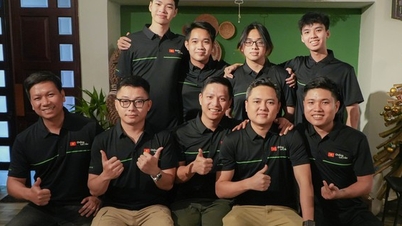

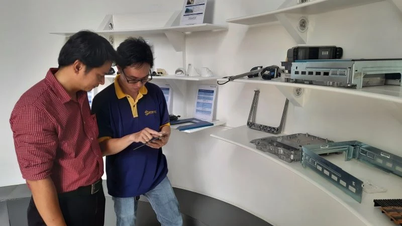
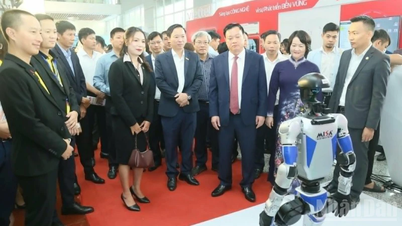
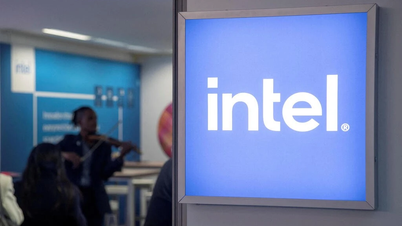




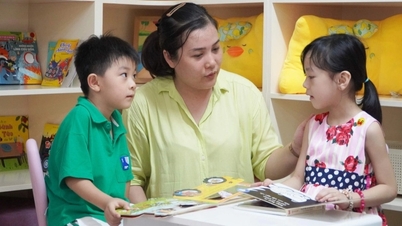

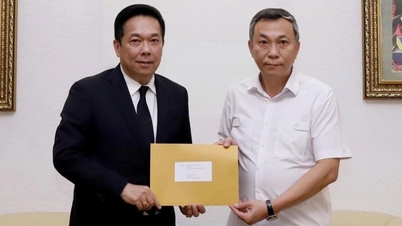

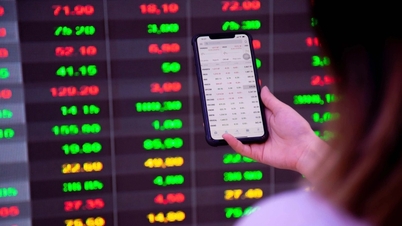


































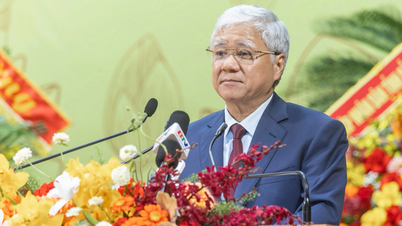
![[Infographic] Vietnam's socio-economic situation in 5 years 2021-2025: Impressive numbers](https://vphoto.vietnam.vn/thumb/402x226/vietnam/resource/IMAGE/2025/10/29/1761730747150_anh-man-hinh-2025-10-29-luc-16-38-55.png)





![[Live] Concert Ha Long 2025: "Heritage Spirit - Brightening the Future"](https://vphoto.vietnam.vn/thumb/402x226/vietnam/resource/IMAGE/2025/10/29/1761743605124_g-anh-sang-am-thanh-hoanh-trang-cua-chuong-trinh-mang-den-trai-nghiem-dang-nho-cho-du-khach-22450328-17617424836781829598445-93-0-733-1024-crop-1761742492749383512980.jpeg)


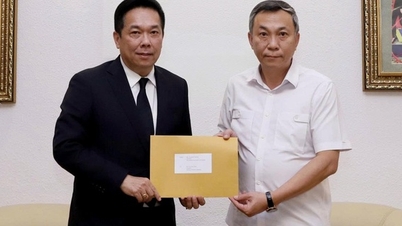


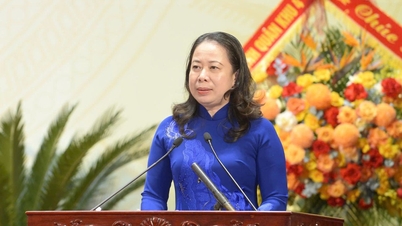

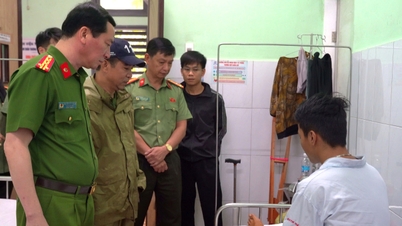

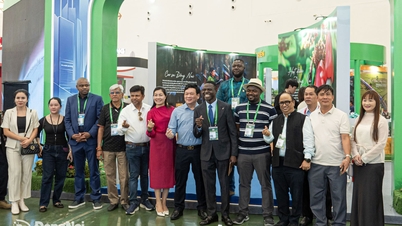

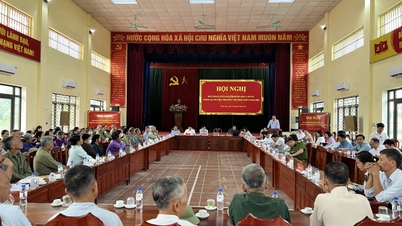




















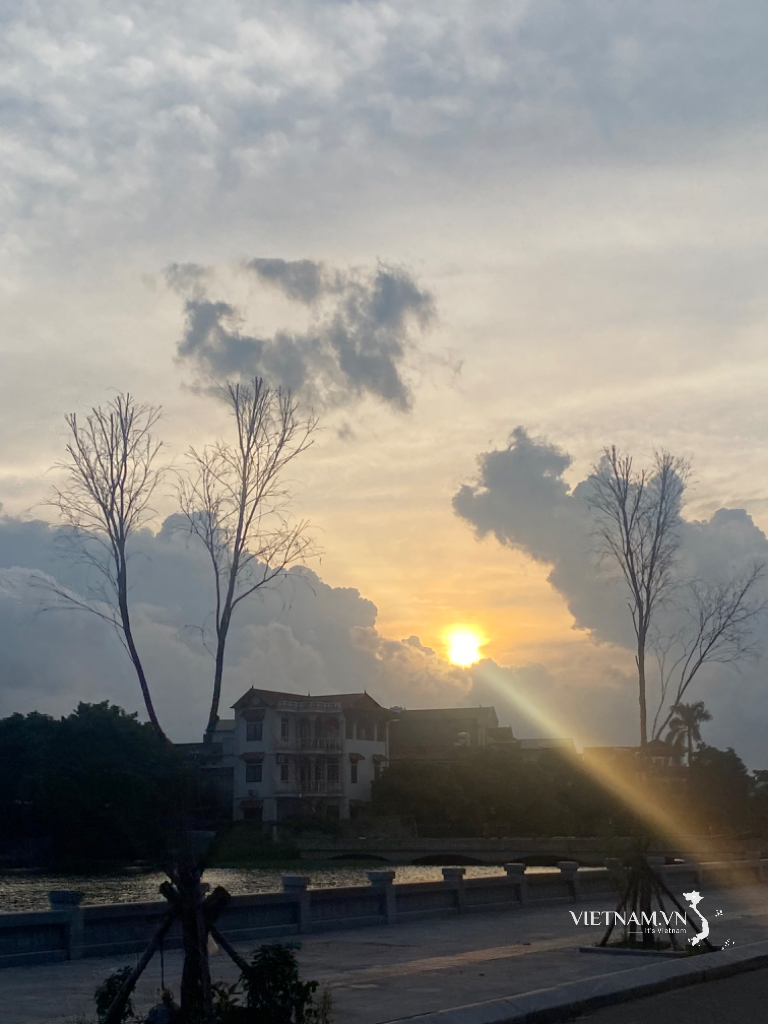


Comment (0)